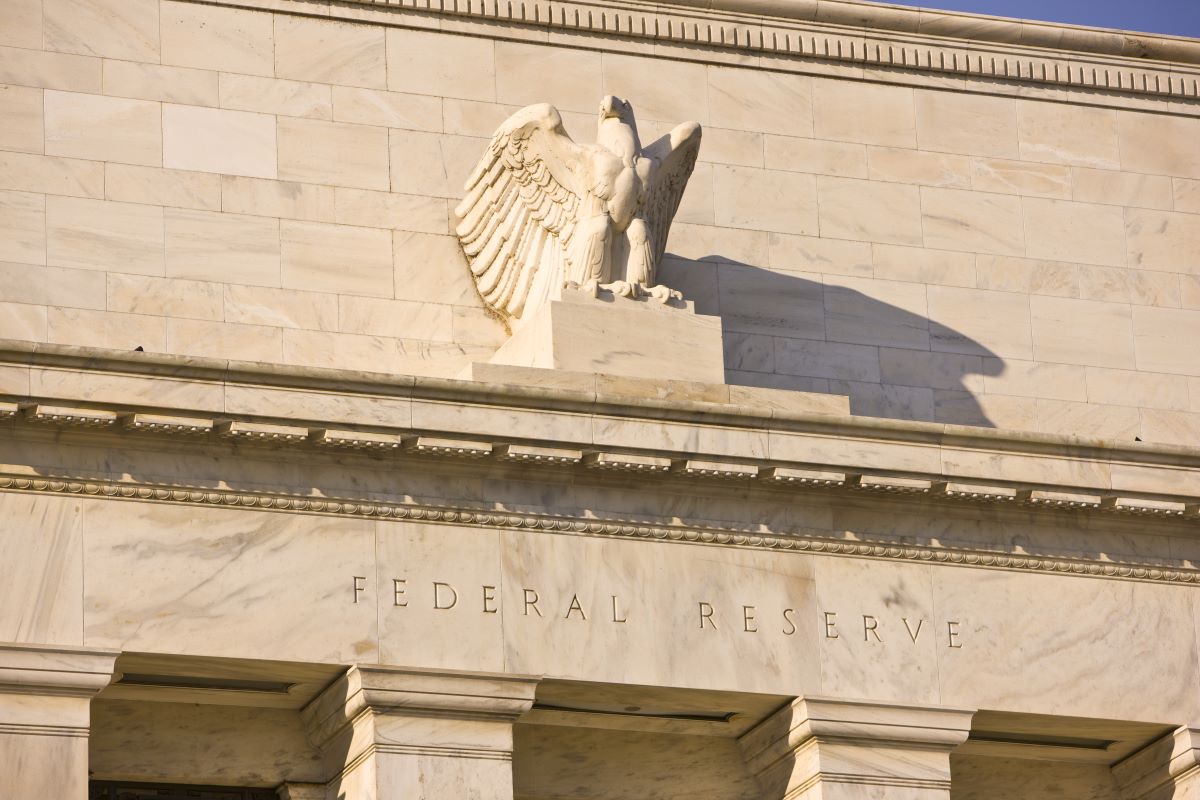In a highly anticipated decision, the U.S. Federal Reserve (Fed) slashed interest rates by 50 basis points, marking the first cut in four years. The move aims to ensure a “soft landing” for the economy amidst global uncertainties.
“The US economy is in good shape,” Fed Chairman Jerome Powell said at a news conference after the decision. “It’s growing at a solid pace; inflation is coming down, the labour market is in a strong pace – we want to keep it there.”
The interest rate cut was met with mixed reactions from the financial markets. Many call it “outsized”, and market experts are now weighing in on the potential impacts of the Fed’s decision.
“The decisive factor is less the amount of this first interest rate cut than the fact that the Fed has made a start at all,” opined Jan Viebig, Chief Investment Officer of ODDO BHF SE. “With this decision, the US central bank has set the interest rate cut cycle in motion. There is a high probability that we will see a series of further interest rate cuts over the course of 2024 and 2025,” he added.
James McCann, Deputy Chief Economist at abrdn, said that the “above-average move” emphasises the Fed’s urgency to scale back its restrictive policy rapidly. “The Federal Open Market Committee members expect this to be the first of several rate cuts, which will amount to a further 50 basis points by the end of the year and 100 basis points by 2025.”
McCann added that it is now essential how the Fed calibrates the pace of monetary easing as inflation continues to approach its target and the economy slows.
Bjoern Jesch, DWS Global Chief Investment Officer, pointed out that starting the rate-cutting cycle with a bigger move is not without problems. “While it suggests that central bankers are once again very confident about their inflation forecasts, they seem less confident about their labour market outlook. This harbours the risk that the Fed will have to readjust its monetary policy course again based on future data,” he wrote in his daily market update. “We agree that further rate cuts appear necessary, but at the same time, we are keeping an eye on inflation as we do not fully share the Fed’s confidence,” Jesch added.
“If the US economy cools—and we maintain that it probably will—there may be future points at which some of the economic data surprises to the downside, potentially triggering a more aggressive policy response from the Fed,” commented Alex Grassino, Global Head of Macroeconomic Strategy at Manulife IM.
“Consequently, our current expectation is a further 75 basis points (bps) of easing, which would bring the federal funds rate to 4.25% (upper bound) by the end of 2024. Looking to 2025, we now anticipate that the policy rate will reach 3% before the end of the year,” Grassino added.
Read more

US Election
US election shake-up: What does it mean for markets?
“Risk assets might perform better under a Harris Presidency.”

Asia Equity
Why invest in Asia equity long/short now?
Investing in Asia has undergone significant changes in recent years. It might be the time for a different approach.

KKR
Multi-asset credit – the ‘all-weather’ strategy
Allocation to a multi-asset-credit strategy could optimise and manage risk dynamically.





















